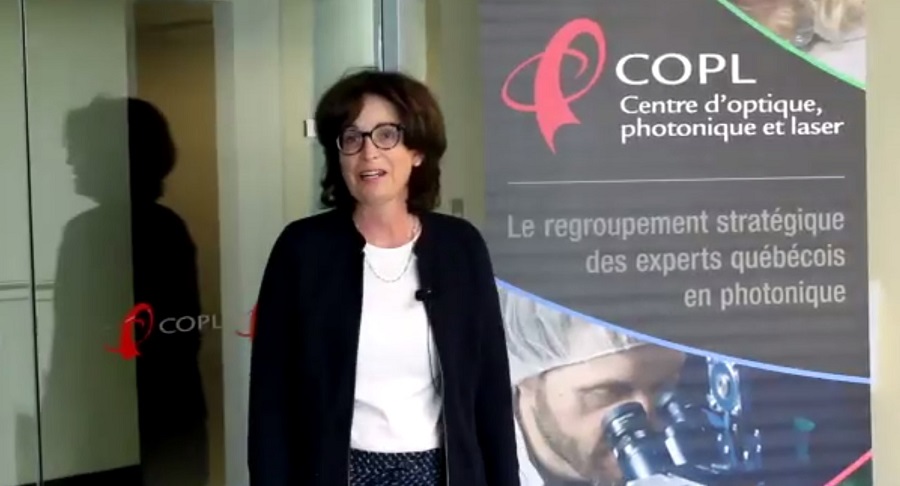2020 OSA Laser Congress Highlights Future Technologies and Applications
2020 OSA Laser Congress Highlights Future Technologies and Applications
Suzanne Ffolkes, OSA Chief Communications Officer
The all-virtual 2020 OSA Laser Congress, held 13 – 16 October, featured presentations on innovations in solid-state lasers and applications including the use of optics technologies in space. Speakers described how spaceborne LIDAR is measuring greenhouse gases, agricultural output, deforestation in the Amazon, carbon content in biosphere, and phytoplankton in the oceans. Another presentation highlighted efforts of a group to encourage the peaceful use of lasers in space as opposed to deploying them as weapons. Uses include the deflection of asteroids, removing space debris, lasers for space exploration, space communications, navigation and more.
Progress in coherent beam combining was the focus of presentations that described significant increases in laser intensity for material processing. Other talks illustrated the impact laser processing is having in the marketplace. One presentation described how laser peening used high intensity laser beams to develop an explosively formed compressive layer on metal surfaces which significantly strengthened the material. This technique is extending the lifetime of turbine blades, saving the aerospace industry several billion dollars.

Caption: OSA Board Member and OSA Fellow, Sophie LaRochelle, kicks off the virtual tour of The Center for Optics, Photonics and Lasers (COPL) at the Université Laval, Quebec, Canada
Plenary speaker Jan Kleinert, Research Director at Electro-Scientific Industries (ESI), a division of MKS Instruments, Inc., USA, discussed how GHz pulse burst processing is a paradigm shift with laser micromachining in the microelectronics industry. Peter Moulton senior staff, Laser Applications and Applications Group at the MIT Lincoln Laboratory, Lexington, MA, USA provided an overview of the development of solid state lasers and increasing use of ultrafast lasers for science and applications in his plenary talk.
“This year’s congress recognized the importance of bringing the community together and reflecting on 60 years of laser development while looking to future technology and applications,” said Alan Petersen, OSA Laser Congress Chair. “Presentations illustrated how lasers enable fundamental high-field physics research and are vital for industrial uses ranging from welding glass to de-icing airplanes.”
A virtual tour of The Center for Optics, Photonics and Lasers (COPL) at the Université Laval, Quebec, Canada took place during the congress on Thursday, 15 October led by Sophie LaRochelle, director of COPL and OSA Board member. About 20 research teams conduct their activities and dedicate research solely to optics and photonics in this facility that opened in 2006. The COPL currently trains over 150 graduate students, most of whom go on to join the hundred or so companies specializing in optics and photonics in the Greater Quebec City area.
The congress drew more than 2,100 registrants from 73 countries. Recordings of the sessions and COPL tour will be available for registrants for 60 days.
